On Tour with a Symphony Orchestra
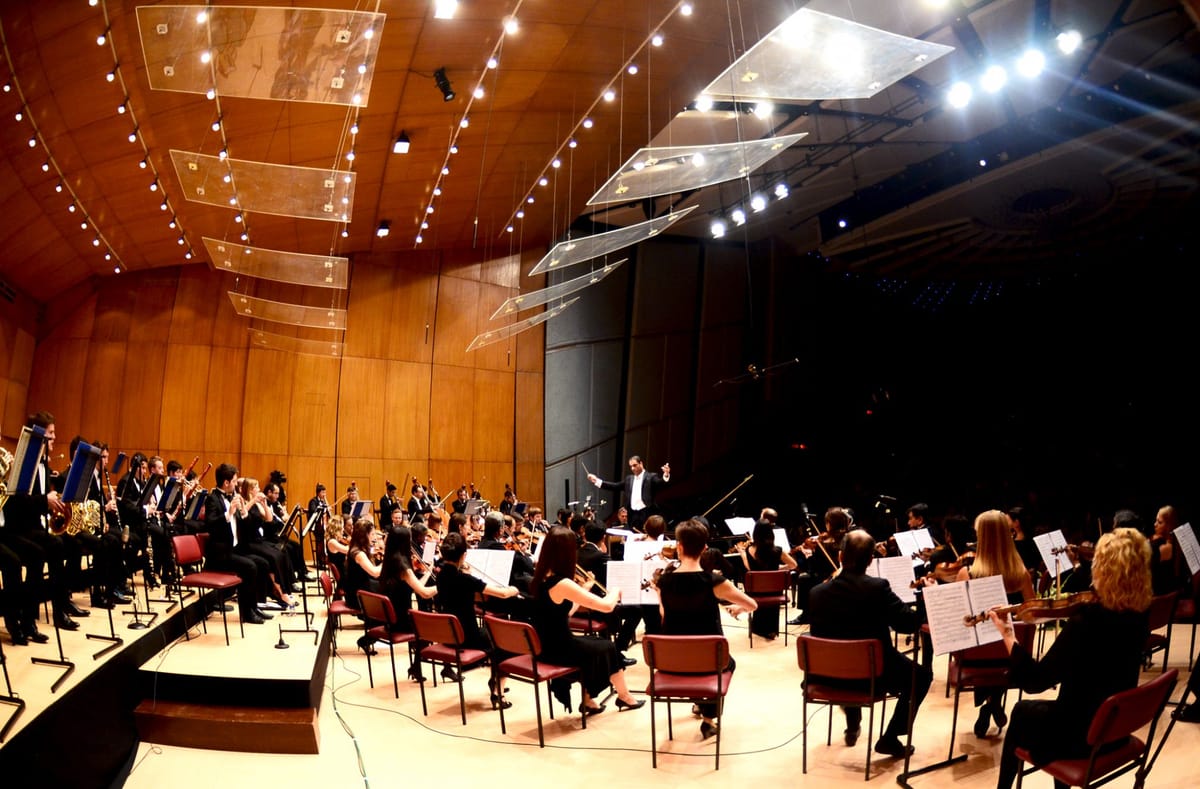
Why touring is important, and why the mere thought of it drives management mad. By Zane Dalal
Orchestras, as we know them today, started out as small ensembles, joined to some illustrious house or under the patronage of a court. The more important the court, the bigger and better the orchestra. In an age when entertaining was one of the few pastimes of the elite, opening one’s palace to an evening’s wonderment was a public relations exercise for your house, your family, your status and your reputation. If you were noble, a Grand Duke, or even a Prince-Archbishop, as orchestras flourished for the first time in the mid to late 1700s, it is likely that you had amongst your retinue, a composer of note. The Prince-Archbishop of Salzburg employed the Mozarts. The Archbishop of Cologne, when Cologne became a ‘free’ city, moved his entire court to Bonn, and employed three generations of Beethovens. The Prince Esterhazy, employed Haydn – and so on.
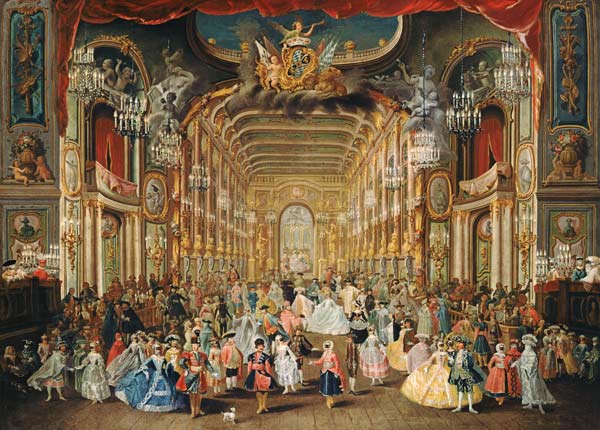
Having a composer in residence, who dazzled your guests with a new symphony every time they came to dinner, was a real sign of status and prosperity. It is the reason that composers and musicians survived, and it is the reason that so many symphonies of the period, start with loud unison chords. Imagine it, with everyone milling around, the endless hubbub of a stateroom or ballroom – with its lofty, ornate ceiling, where each voice raised in gossip or remark had to be raised above the other, the familiar ‘cha-chink’ of champagne glasses, and the clatter of service from an army of butlers. The orchestra had to be noticed when it first played, because it would become the centre of attraction and the pulse of the dance throughout the rest of the evening.
The measure of culture
So it was, that orchestras always belonged to a house or a court, or a region, just as today, they invariably identify with a particular city. A city they call home. A city where they do most of their performances. A city that supplies them with an appreciative audience, in equal measure to the gift of live music-making they bring to the community. A city, no matter how populous, large or influential, is not officially a city, unless it is also the seat of a bishop. This ‘seat’ or ‘cathedra’ from which he pronounces judgement, requires a cathedral to house it. If there is no operational cathedral with an operational diocesan/metropolitan bishop, officially there can be no city. However, to measure a city’s true place in society, and a mark of its greatness, is in its cultural offerings. Art galleries, museums, library collections, and performing arts of all shapes and sizes – and in the world of music, the two institutions that historically ‘rule the roost’ are the ‘symphony’ and the ‘opera’. Therefore, a city, no matter how populous, large or influential, is not really a city, unless it is home to an orchestra and a producing opera house.

Operas – and the orchestras that played for them – have been around for at least 400 years. Until the advent of the film industry, it was the only form of viable entertainment and so every major population centre in the western world, if it has historical importance beyond 100 years, has a symphony orchestra and an opera house. It is the yardstick by which culture is defined and the measure by which the city can assess its place in history. The Royal Opera House, Mumbai, built over 100 years ago, receiving its ‘Royal’ dignity in advance of the royal visit in 1911 is a testament to the fact that a city was no city without one – even when there was no supporting professional orchestra, no discernible tradition of productions, nor a musical focus in the city – beyond the garrison, military band.
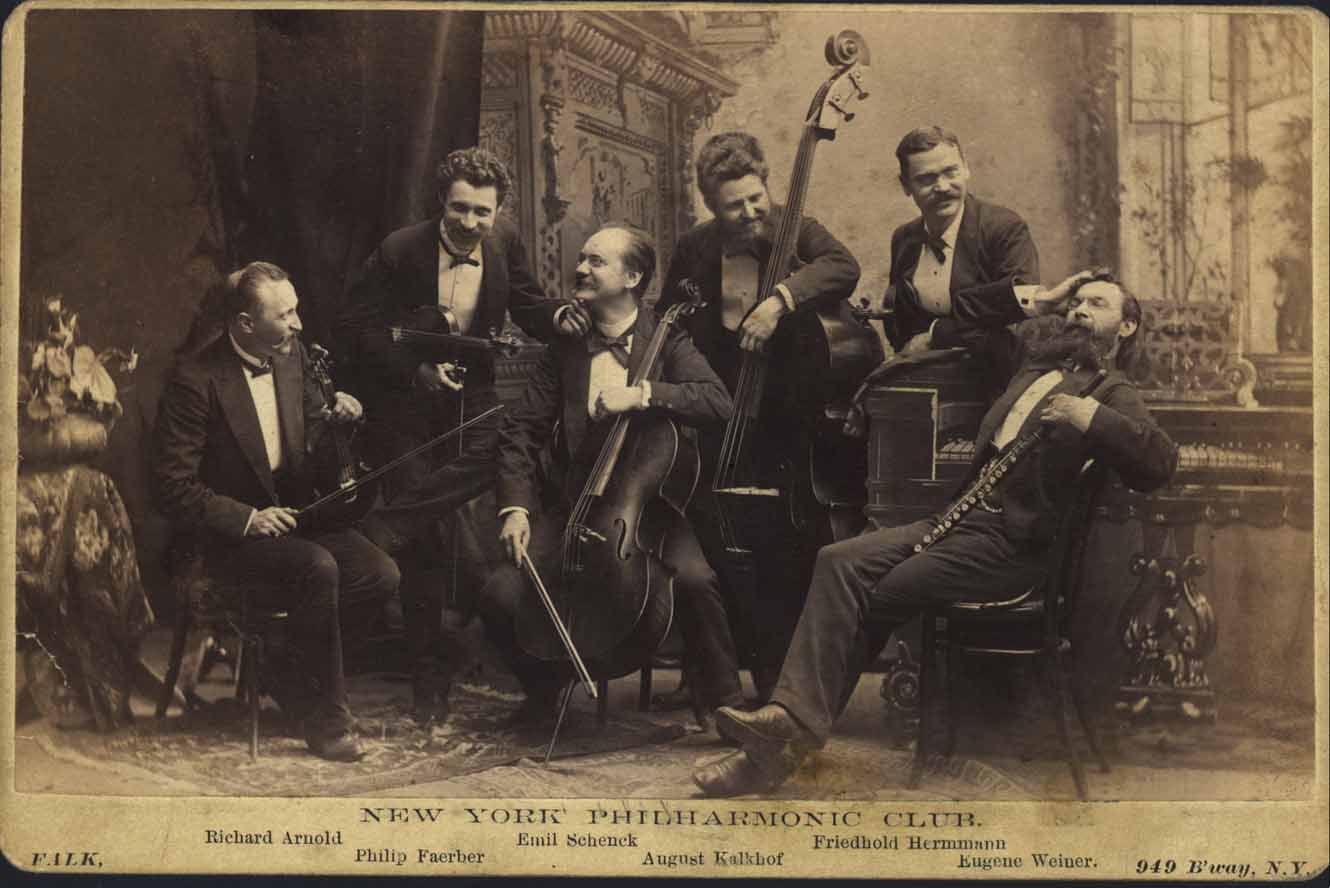
Orchestras remain the ultimate show-off. Cities brag about their orchestras. Cities mark their importance and – in some cases – their decadence, by their orchestras. For many decades, London boasted five major international orchestras, and several minor ones. Even now, in spite of economic recession and adverse politics, most European cities maintain several ensembles, and live music is abundant. In some special cases, cities have been made famous by their orchestras. Certainly, in the United States, during the 1950s, 60s and 70s, the cities of Cleveland and Pittsburgh were put on the international map because of their superior orchestras. Before there was YouTube, before the World Wide Web allowed the instant sampling of almost any orchestra playing almost any piece ever written, there was television broadcast, and before that, the radio. Prior to the last century, when all the scientific miracles of transmitted ‘airwaves’ came into being, for music to be sampled and savoured, from a place other than your local city, – either you had to travel, or the orchestra had to travel to you.
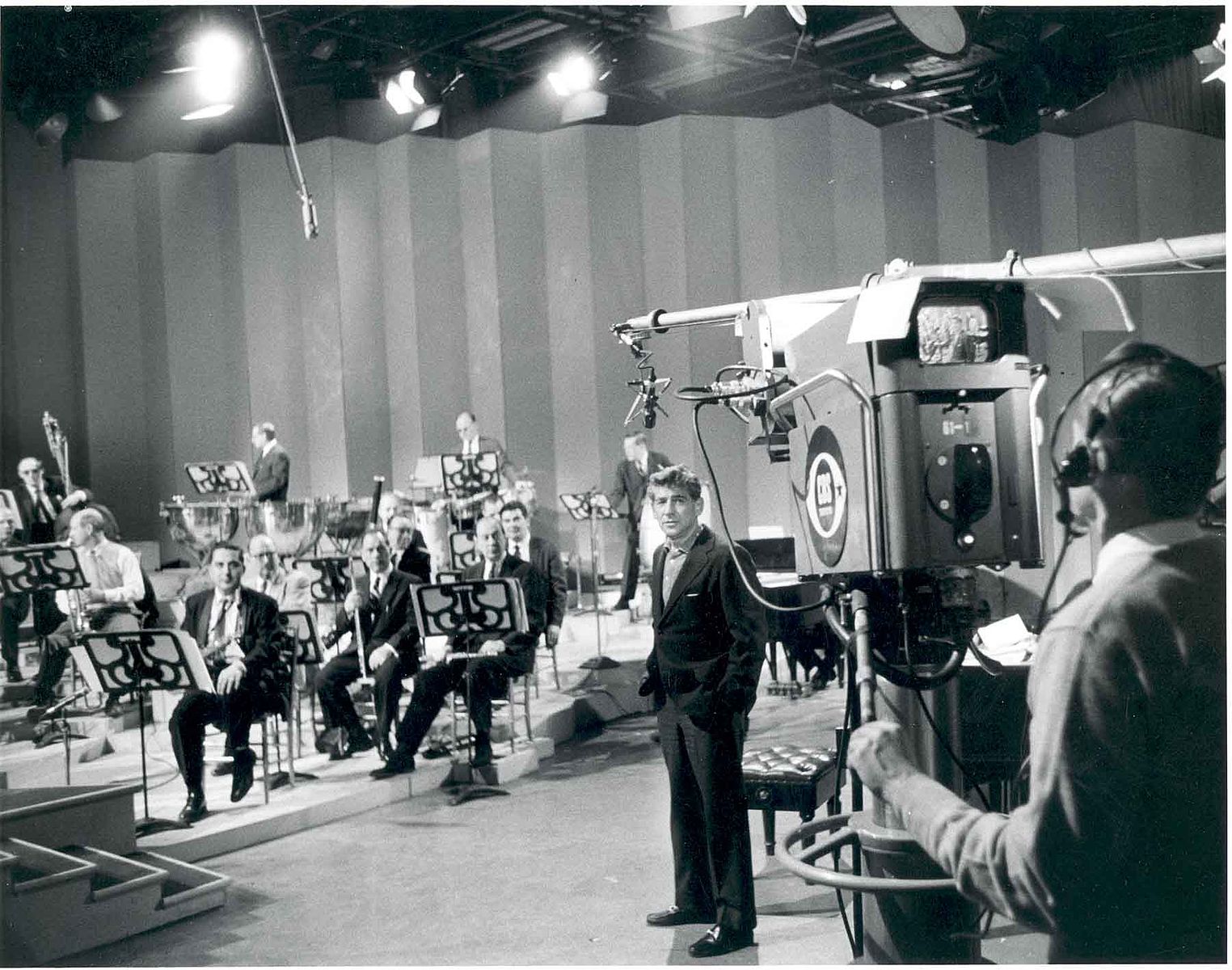
For politics and for pleasure
An orchestra on tour, is a strange, unique and incredible phenomenon, as expensive an undertaking as it is special. But, thankfully, deemed necessary and worthy for the time, energy and money spent doing it. There are three perspectives that particularly demonstrate why all orchestras should tour, tour more and tour often. Firstly, and perhaps most importantly, is a view from the players’ perspective. When you travel together over several days with your fellow musicians, you develop a different and lasting bond – which is instantly realised in a new cohesiveness whilst performing. If you travel as a single unit, and are defined by that single unit, described as and belong to a single unit – no matter where you perform, you will transform into that single unit, in a way not possible before. During the rigours of travel, strange places, strange hotels, strange beds, strange hours, there is a brimming level of suspense and excitement, all of which makes players tired. Then, during an evening performance, in front of a completely foreign audience, in an acoustic that is foreign, in a space that is foreign, you must bring through your tired excitement, the pulse of perfection. It is a huge test of mettle, for the sonority of the whole orchestra, for the length of each phrase, for the depth of the tone, and for the skilled concentration of the ensemble. The orchestra is transported to a different level – by what they have to prove. Proving that you can play well for the audience is always secondary. Proving that you can play well for each other, feeding off each other’s impulses – and cast the ‘turn of phrase’ or the ‘precise pulse’ to make the difference, is something that is clearly visible from the podium, in every hand and eye. This cohesion and drive to prove a new benchmark is so very important, and the lasting benefits of each time the orchestra has been put to the test, are the defining character and strength that the orchestra collectively possesses. It’s completely obvious. Every time an orchestra tours, it becomes better at what it does – by a magnitude. A week on tour can improve an orchestra as much as three months of continual rehearsal. You can run your engines – and mechanically listen to the perfect ‘purr’. But it is only on the race course that you fully appreciate the power, the muscle, the flexibility, the deft control, and the exhilaration of the course.
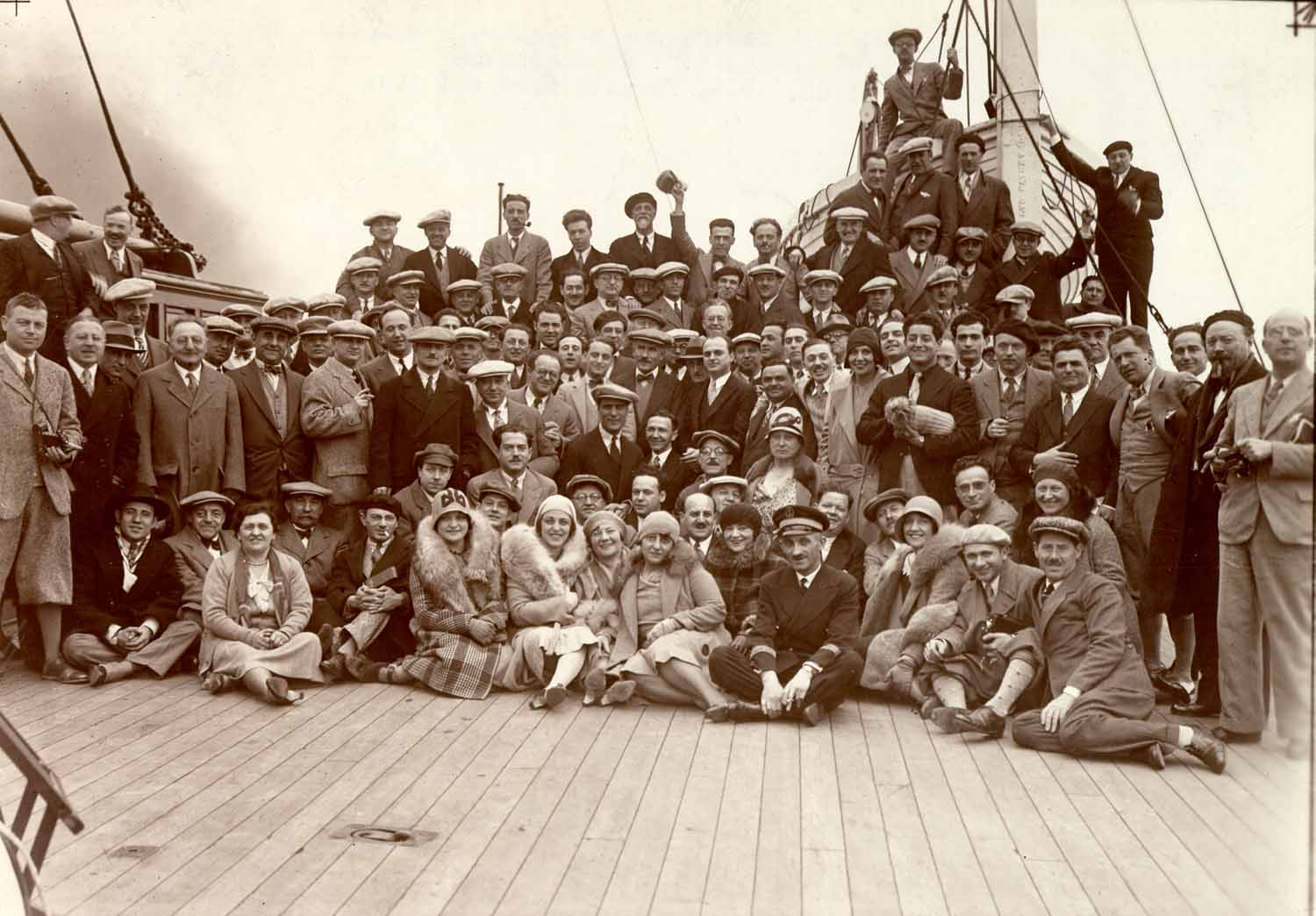
The second part of touring, and the main reason that such expenditure is condoned by modern management, is the ministerial, political function that takes place during each performance – that confirms a high honour and a ‘presumption of excellence’ on the parent organisation or city. It is confirmed in every individual new audience member and is more effective and more lasting than any PR campaign, any poster or any words written, offered or uttered as a description. Through the emotions of music, the orchestra becomes a huge message machine of ‘goodwill’ that connects immediately and directly with the listener, without giving them a chance to refuse. You have a willing and pliant conduit to your new constituents, the power and promise of which cannot be overestimated.
Seeing the potential in this, and spurred on by Isaac Stern’s tutelage, Daniel Barenboim, Zubin Mehta, Itzak Perlman, Pinchas Zuckerman and Isaac Stern made up what was irreverently known as the ‘kosher nostra’. These musicians shared a common cause with many of the last century’s hot button political and societal contests. Stern had made it clear, to everyone he met, that a musician’s duty, if we had the power of that emotional conduit to our listener, would be to use that power to good and greater ends than just yet another performance. We could draw attention to any cause or plight, and it would receive a willing and favourable response, because we worked this emotional contract with our listeners. As many of you will already know, one of the best practitioners of this philosophy is Zubin Mehta.
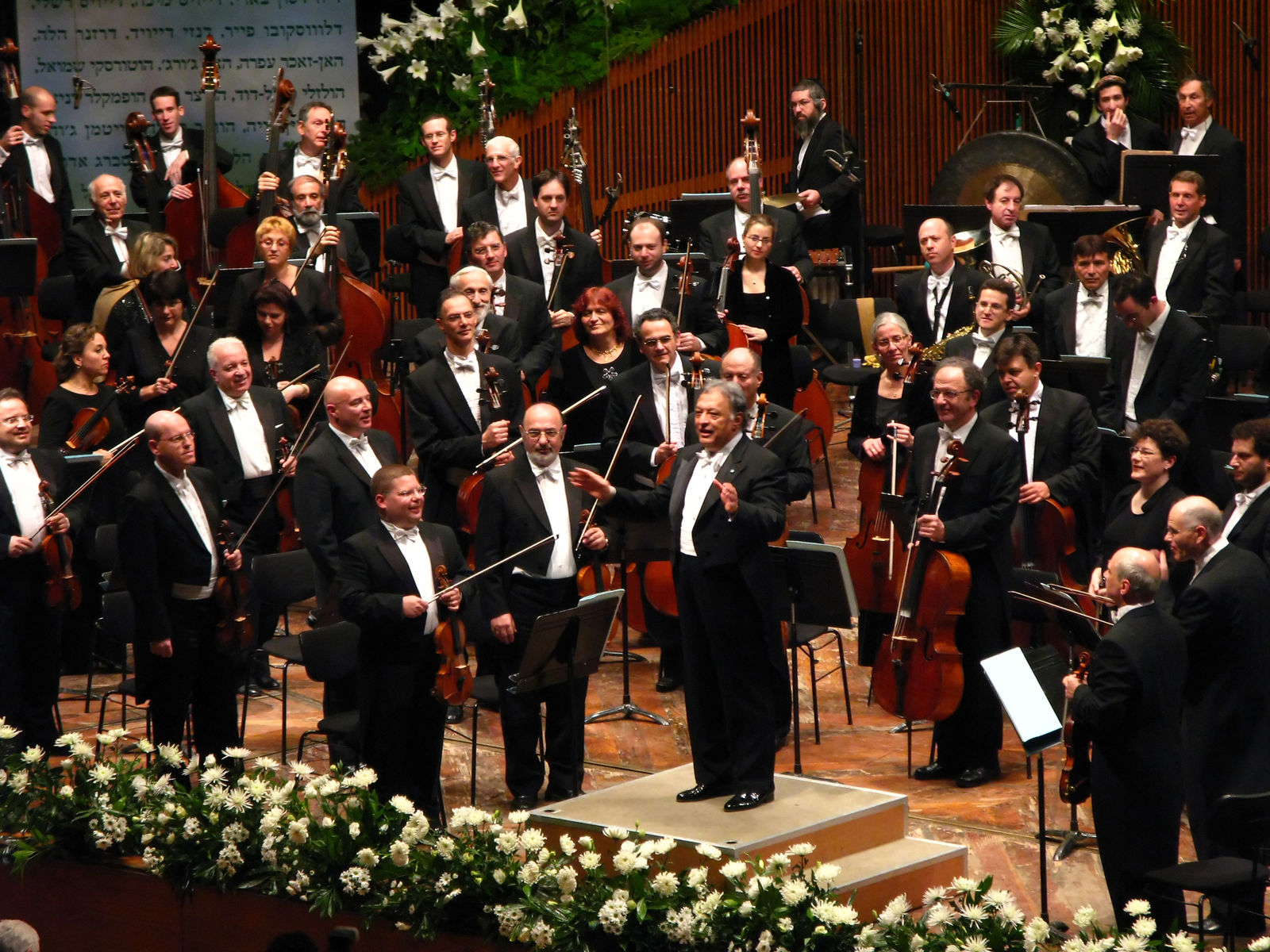
His connection with the Israel Philharmonic, and with the State of Israel, is defined by the moment, when during the 1967 Six Day War, he was on a transport plane loaded with ammunition, flying into the war zone, whilst other musicians were flying out. He has continued to believe that music has a place – right in the middle of chaos and dereliction, so that it might conjure the prerequisites of victory – Hope and Peace. He was there in 1967, and he was there when SCUD missiles fell in Jerusalem in this millennium. There is nothing to actively say, nothing to actively promote. An orchestra and the live music it brings says and achieves volumes, just by being there. Even under circumstances where the politics of the situation are not ideal, the orchestra being present and performing, momentarily overcomes the local crises, and proves to the entrenched observer that those crises can be overcome. Under his direction, the Los Angeles Philharmonic was the first US orchestra to tour to the USSR, specifically to Leningrad during the height of the Cold War. The Berlin Philharmonic went to Israel, and the Israel Philharmonic went to Berlin, performing joint concerts ever since. He performed in solidarity with the local people in Sarajevo, playing amidst bombed out rubble. Touring Kashmir with a German orchestra was the most recent display, showing that the mindset – and the belief in the bonding strength of music- had not changed an iota.
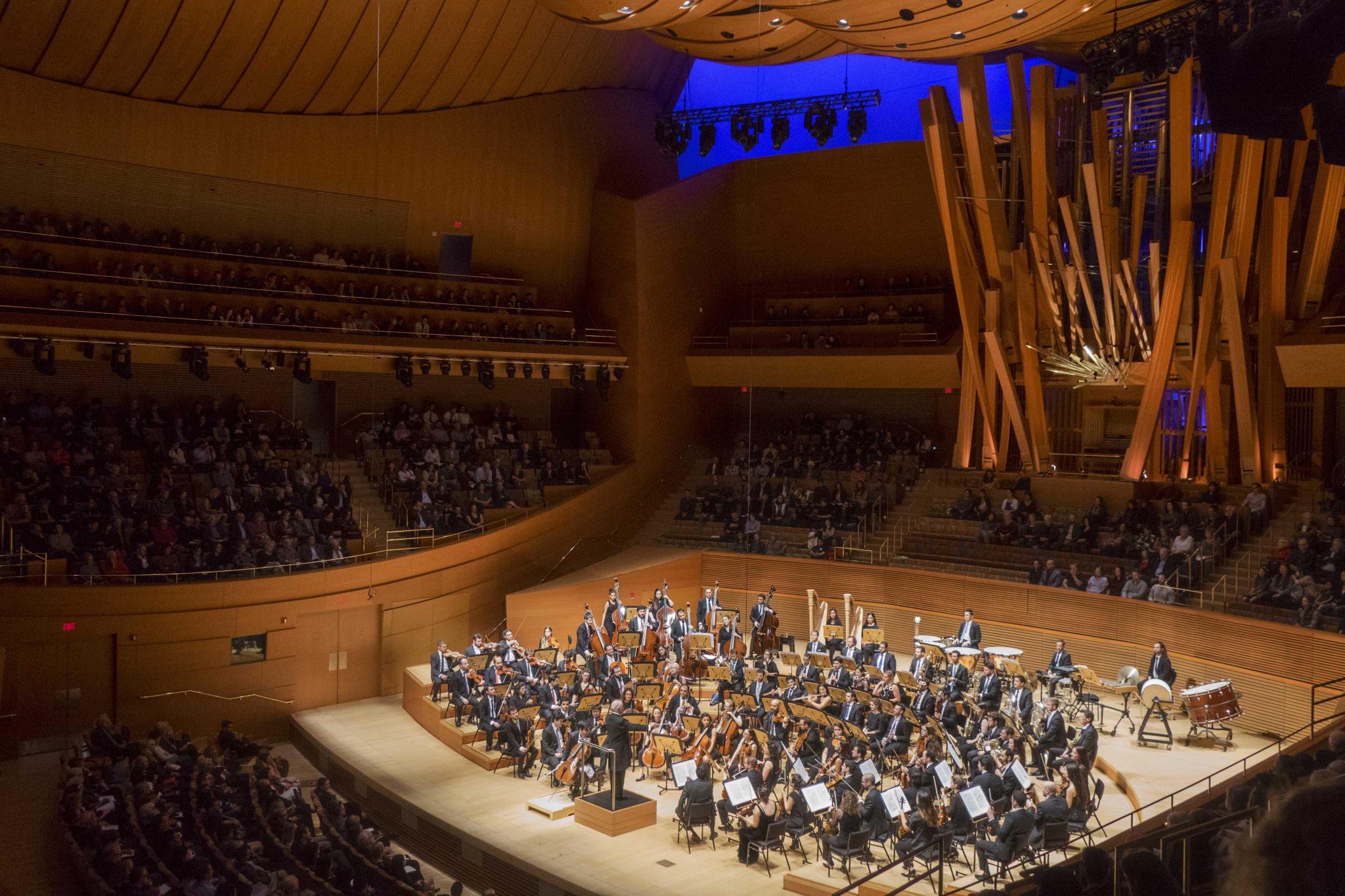
The idea of the West-Eastern Divan Orchestra, is perhaps the ultimate realisation of what Stern voiced so strongly almost 50 years ago. A living, sustained entity – proof that relationships between the citizens of two countries that have known nothing but war, impoverishment and mistrust their entire lives, can meet together and find in each other the road to harmony. Yes, it’s “laying it on a bit thick” but an orchestra on tour is a miraculous thing, with much ‘real’ and ‘soft’ power, and let no one be under any disillusion about that power – least of all the leadership of the orchestra that embarks on tour. They hold in their hands a powerful tool, and therefore also the concomitant responsibility.
The third and extraordinary thing about an orchestra on tour, is how immensely challenging and complicated the task is. Beyond a normal, everyday, tourist type of travel schedule, an orchestra must be presented, and yet at the same time, nurtured and prepared, so that it is ready for action, much like a pedigree race horse. The orchestra, to a musician, must be following a schedule that allows them to summon the most of their strength and their spirit. As mentioned earlier, just the strange newness of location is enough to slightly disorient periods of rest and wakefulness. Whether preparing or dressing in concert attire, or a well-timed hot meal, or an unfailingly punctilious transport system, or the greater or lesser comforts of a hotel, the myriad of personal moments that make up the psyche of the perfect musician at downbeat, should, as far as is possible, be meticulously planned. The circumstances of the orchestra should be prepared and advantaged for every scenario that the management has imagined, so that they can better react and overcome the troubled scenarios that are unforeseen and that will almost certainly occur. Knowing your musicians, their preference, their deference, whom they like, what they like and when they like it, is a manager’s art. There is so little extra that is necessary to ensure tranquillity and harmony, and so little and seemingly trivial an unexpected infraction, to turn the whole group on its head.
The nitty-gritty
The instruments – specifically those which are not carried like babes in arms by loving parents because of their size or by their natural separation when silent, provide a complication to the tour plan, as marvellous to behold as the addition of a ‘grand complication’ in a Swiss timepiece, when everything works, and as frustrating as a broken watch, when it doesn’t. They too, like their human counterparts, must be housed and looked after so that they might speak to their best tone at downbeat. Humidity, temperature, times of storage, type of transport, risk of damage, and on occasion, loss or theft, can bring the orchestra to a complete halt. The music demands what it demands, and this is not the usual instance where, if you’ve lost or forgotten some item, you can purchase it on arrival, or assume that its absence will not create too much notice. The music incomplete, imperfect by absent instruments is anathema, when the whole group has tried to coax a subtlety of sound from the exact mix intended by the score.
The printed page from which the musicians read, must also be presented, at the right time, in the right place, in the right way. A perfect colour of paper, somewhere near a creamy softness with hints of yellow – not on paper so white that it will create tension whilst reading under concert lighting. A perfect print, not so small and unclear that it requires concentration to simply read it. Not so large and unwieldy as to not conform to the least amount of page turns, timed for each instrument, according to their part. Somewhere, in the planning stages, the management of the orchestra and the management of each concert venue must be in complete synchronisation in what they will undertake to do, what they are expected to do, and what they will provide – to make the orchestra’s arrival, sound check, wait, refreshment, preparation, performance and departure a smooth and coordinated transition from one moment to another. This includes provisions for recording, either audio or video or both, and the lighting and conditions on stage, to allow for the best in performance. These things are usually not an issue, because the entire building is predesigned to accomplish these orchestra specific moments. However, it is worth taking a look at what individual houses offer and their strengths and weaknesses.
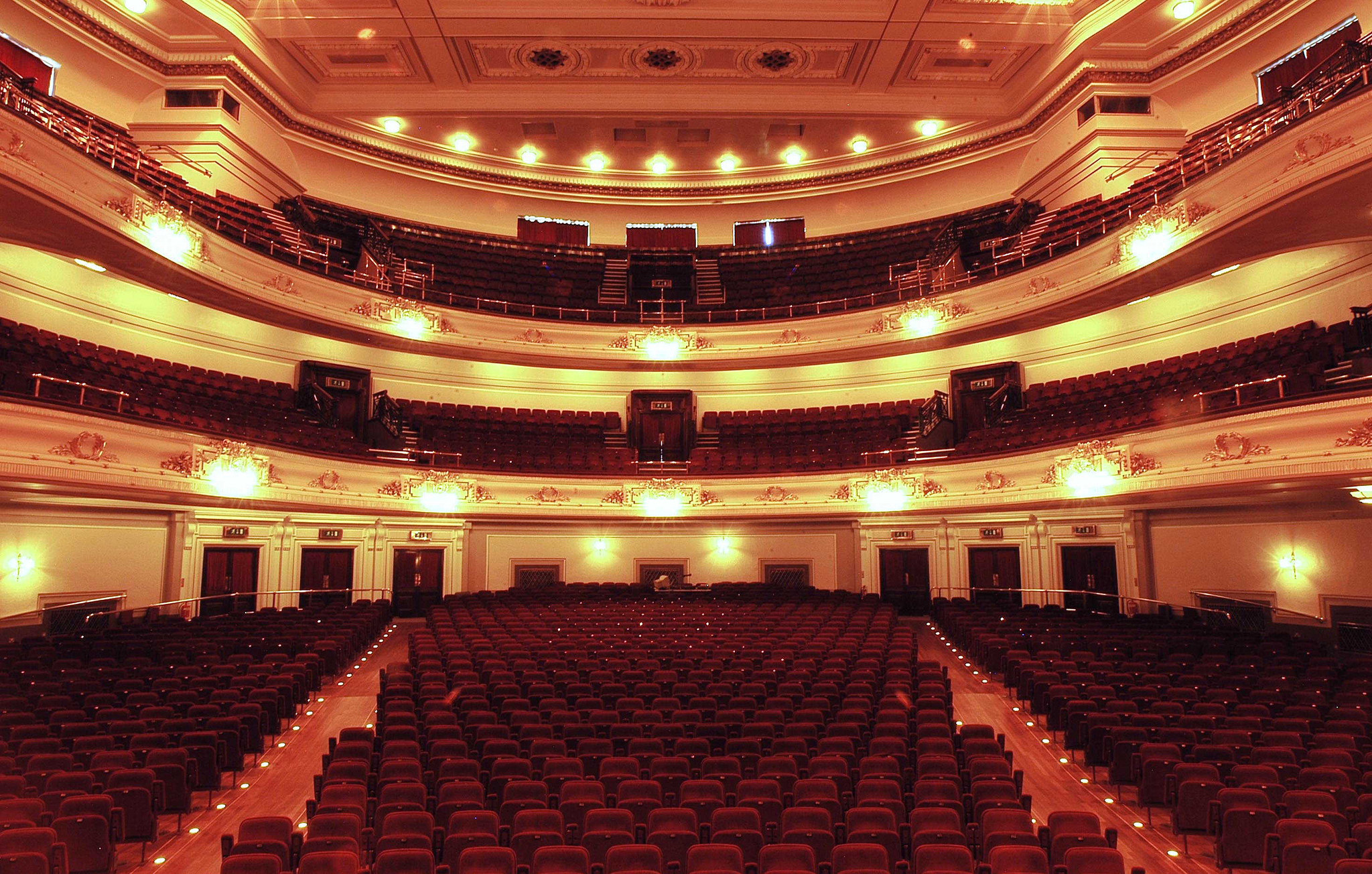
When we perform in Birmingham on the 19th February, it will be in one of, if not, the best concert hall in the world. A space and an acoustic as only imagined in one’s dreams prior to ARTEC and the famed realisations of Russell Johnson, its founder and chief visionary. In contrast, Usher Hall in Edinburgh and Cadogan Hall in Belgravia are a nod to the old style with which we are so familiar. G-Live, in Guildford, has excellent acoustics and orchestras enjoy playing there, but it is relatively stark and unimaginative in style. Around the same time as Karajan presided over the building of the Philharmonie in Berlin, Cardiff built St. David’s Hall. It is fashioned in a 1980’s ‘modern’, zigzag, audience design, and similar acoustics and stage set to several halls from the period, including Segerstrom Hall in Orange County, California. It is hard to imagine, but these once ‘brand new halls’, cutting edge technologies and a significant benefit to the city’s commerce and tourism, as we remember them, are now 30 years old.
There are several more subtle and more refined specifics that an experienced orchestra manager will count as necessary, and list to tick off. I’m not familiar with them, but know them to exist. It is only after all these extra plans, that then, and only then, one is left with the usual travel arrangements to manage, which include orchestra room preferences, roommate preferences, and any individual perks or privileges afforded to principal players, leaders of sections, soloists, conductors, management, etc. The hotel nights, calculated in a financially observant way, meshing with the travel arrangements and the daily schedule, meals and ‘down’ time for the orchestra is all accounted for, so that each day of performance is an incrementally increasing set of gears, that lead to the sound check and ultimately, the performance. Those who plan the tour, and manage it, must never leave sight of a specific item of paramount importance. Each day that the orchestra is expected to perform, whether evening concerts, matinees, educational or other events, the entire enterprise for that whole day must be geared towards the successful realisation of music in a specific two hour period. Everything else, no matter how complicated, or seemingly important, is secondary. Nothing will matter if the orchestra performs to its best. Nothing will matter more, if it doesn’t.
More is less
For as long as I can remember, a visiting orchestra would light up the calendar – creating an anticipation of great music, a communal spirit of international cooperation, and forcing the local ensemble to sharpen its edge, so that it might not draw unfavourable comparisons. The Berlin Philharmonic toured Los Angeles, and James Levine stood in for an indisposed Karajan. The Vienna Philharmonic toured with Claudio Abbado. The Israel Philharmonic with Mehta. I recall the Philharmonia on tour with Guilini. The Chicago Symphony on tour with Solti, Abbado and Barenboim. Dutoit with the Montreal Symphony. Blomstedt and MTT with the San Francisco. The London Symphony with Claus Tennstedt. The Philadelphia with Muti. The New York Philharmonic with Bernstein, Boulez and Mehta. The Los Angeles Philharmonic when Salonen was freshly appointed changed its dynamic and toured to Salzburg with great effect. No one thought the orchestra would be up to the Austrian mark. They were proved wrong before the orchestra arrived, and very wrong after they had played at the Musikverein. It was just exciting. As exciting as it must have been for Toscanini to travel to South America with the NBC orchestra and as exciting for Richard Strauss to travel with the Meiningen Court Orchestra to St Gallen’s newly built concert hall, just so that the city could sever cultural dependence on Zurich. An orchestra on tour is a vital thing and we need more of it – more often. For the music and the musicians; for the institutions, states and cities that send them; and for the intimate and lasting connection created and shared every time music is performed for, and enjoyed by, audiences who would otherwise be denied the opportunity.
Zane Dalal, serves as Associate Music Director of the Symphony Orchestra of India. He will conduct the final concert of the forthcoming season in Mumbai on 16th February, and on tour in the United Kingdom, in Birmingham 19th, London 20th and Guildford 22nd. He is a frequent contributor to ON Stage. He will deliver a talk in Coffee & Conversation on 2nd February at the Jamshed Bhabha Theatre Museum.
This piece was originally published by the National Centre for the Performing Arts, Mumbai, in the January 2019 issue of ON Stage – their monthly arts magazine.





